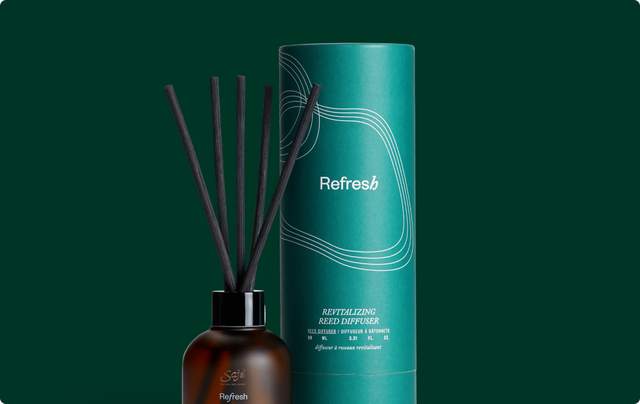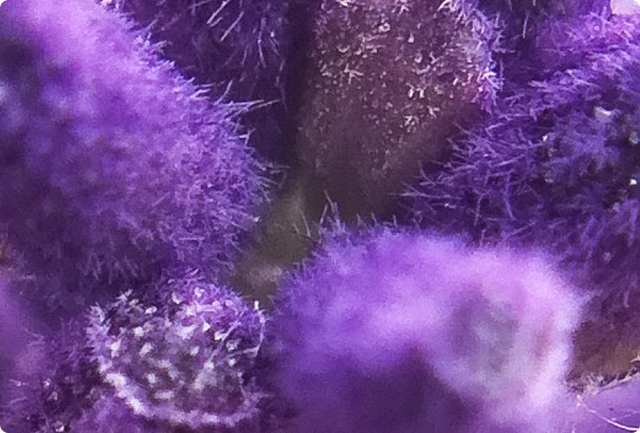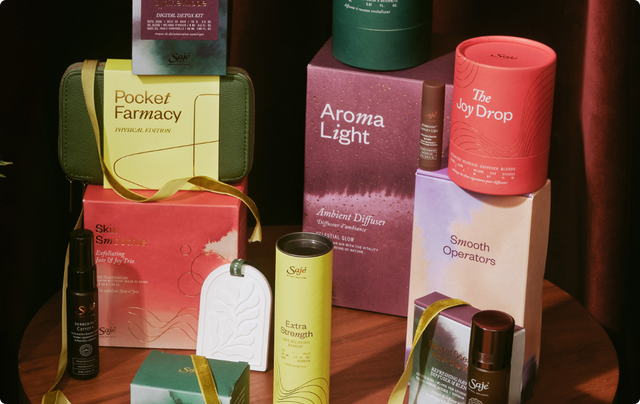About the Oil
Peppermint is a cool, crisp essential oil steam-distilled from the leaves of Mentha × piperita. Celebrated for centuries across cultures, peppermint oil is known for its high menthol content, which gives it both its intense cooling sensation and wide therapeutic versatility. From digestive relief to mental clarity, peppermint remains one of the most beloved and studied essential oils in the world.
Why You Would Use the Oil
Peppermint oil offers a vibrant, multi-sensory experience. You’d reach for it to:
· Ease headaches, tension, and muscular discomfort with its cooling, soothing effect
· Support digestive comfort and relieve bloating or cramping when massaged on the belly
· Enhance mental focus, memory, and alertness through diffusion or direct inhalation
· Offer a natural energy lift and reduce mental fatigue
· Freshen the breath and promote a feeling of open airways
Clinical Findings
| Study | Participants & Duration | Key Results | Reference |
| Cognition & Mood Support |
Healthy adults, 6-hour aroma exposure |
Improved alertness, working memory, and mood |
Hoult, L.et al (2019) |
|
Pain Support |
In vitro & preclinical review |
Menthol engages central pain-modulating systems and inhibits pain-signalling channels. |
Li et al (2022) |
| Antioxidant & Antimicrobial Action |
Phytochemical & in vitro analysis |
EO rich in menthol and menthone showed strong antioxidant and antimicrobial effects. |
Shelepova O. V. et al. (2021). |
Behind the Science (Made Simple)
Peppermint works in a way that’s both invigorating and therapeutic. Its star compound—menthol—activates cold-sensitive receptors in the skin and mucous membranes called TRPM8, creating that signature cooling sensation. But the benefits go much deeper.
· Menthol also interacts enhancing mood, improving focus and memory.1
· At controlled low doses, it offers a cooling and soothing effect via TRPM82
· With antimicrobial properties and natural antioxidants, peppermint oil supports immune health and skin integrity3
In short, peppermint is a mind-body multitasker.
How and Where It Grows
Peppermint thrives in cool, temperate regions and is cultivated worldwide, from North America to Asia. It’s a fast-growing perennial that prefers rich soil and moist climates. Commercially, the oil is extracted through steam distillation of the fresh aerial parts, yielding a potent and highly concentrated essential oil packed with menthol.
Use in Ancient Medicine
Peppermint has a long-standing place in Ayurvedic, Traditional Chinese, and European herbal medicine. It’s been used to:
· Soothe digestive complaints and colic
· Ease headaches and tension
· Clear the sinuses and chest
· Refresh the spirit and promote mental agility
Its cooling nature made it a favorite in treating excess heat and agitation—whether physical or emotional.
Symbolism
Peppermint symbolizes clarity, renewal, and energized calm. Its scent clears mental fog and its cooling presence brings relief. Spiritually, it’s considered a botanical that invites awakening, fresh perspective, and forward motion—making it both grounding and uplifting in moments of overwhelm or stagnation.
INFORMATION provided is intended for informational purposes only and is not meant to diagnose, treat, cure, or prevent any disease. Statements have not been evaluated by Health Canada or the FDA. Please consult a qualified healthcare provider before using essential oils for therapeutic purposes.
References
1. Hoult, L. et al. (2019). Prolonged Low-Level Exposure to the Aroma of Peppermint Essential Oil Enhances Aspects of Cognition and Mood in Healthy Adults. AJPS, 10, 1002–1012.
2. Li, Q et al (2022).The Distinctive Role of Menthol in Pain and Analgesia: Mechanisms, Practices, and Advances
3. Shelepova, O. et al. (2021). Chemical Components and Biological Activities of Peppermint Oil. Agronomy, 11(2314).








